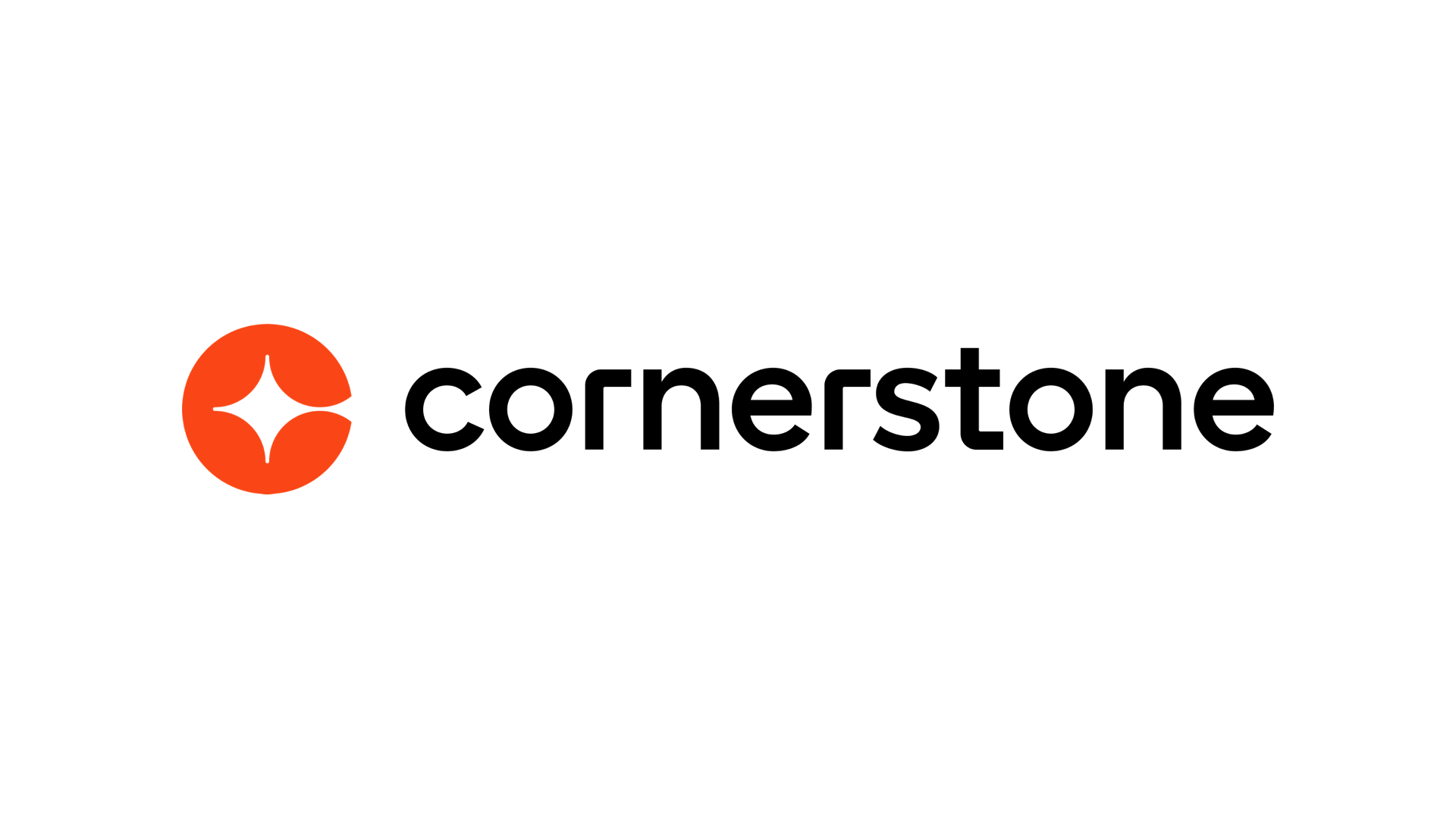We are in a potentially transformative moment. Stepping up to meet this moment and create positive change—in our organizations, our communities, or even within ourselves—requires listening, learning, and, at times, unlearning. We need to unlearn corrosive behavior, unlearn defensive responses that hinder honest dialogue, and unlearn our biases.

Watch a candid panel discussion about the critical DEI challenges and opportunities in front of organizations, featuring Minda Harts (author of The Memo: What Women of Color Need to Know to Secure a Seat at the Table), unconscious bias expert Dr. Sondra Thiederman, and Kimberly Cassady, Cornerstone’s Chief Talent Officer.
Related Resources
Want to keep learning? Explore our products, customer stories, and the latest industry insights.
Blog Post
Celebrating NDEAM 2024: 7 ways to create more inclusive workplaces for people with disabilities
Each October, National Disability Employment Awareness Month (NDEAM) invites us to reflect, celebrate and act on a powerful truth: our workplaces and economy are stronger when people of all abilities have access to meaningful opportunities. This year's theme, "Access to Good Jobs for All," speaks to the future Cornerstone is building daily — one where everyone can thrive, contribute and find purpose in their work, free from discrimination and limits.
Blog Post
The Equity Advantage: Measuring change
Cornerstone’s fourth DEIB principle states that we collect, protect and analyze data to create equity. Discussions around DEIB data often lead to graphs of hiring trends and demographic breakdowns. While these visuals can illustrate the current state, they frequently fail to provide actionable insights or result in meaningful change. Simply seeing gaps in representation doesn’t create a path to fixing them.
Blog Post
The Equity Advantage: Why equity matters
In my last article, I unpacked Cornerstone's first DEIB Principle: DEIB is good for everyone, highlighting the story of Ed Roberts, a pioneer for disability inclusion. His work resulted in onramps on public sidewalks at all intersections, enabling the inclusion of those with mobility challenges in public spaces. Just as these onramps created equity and inclusion for people with wheelchairs, organizations must ensure that their talent processes, and the decision-makers who run those processes, create 'onramps' for marginalized people whose talent, aspiration and opportunity are too often 'curbed' by the systemic barriers inherent in our society and organizations.